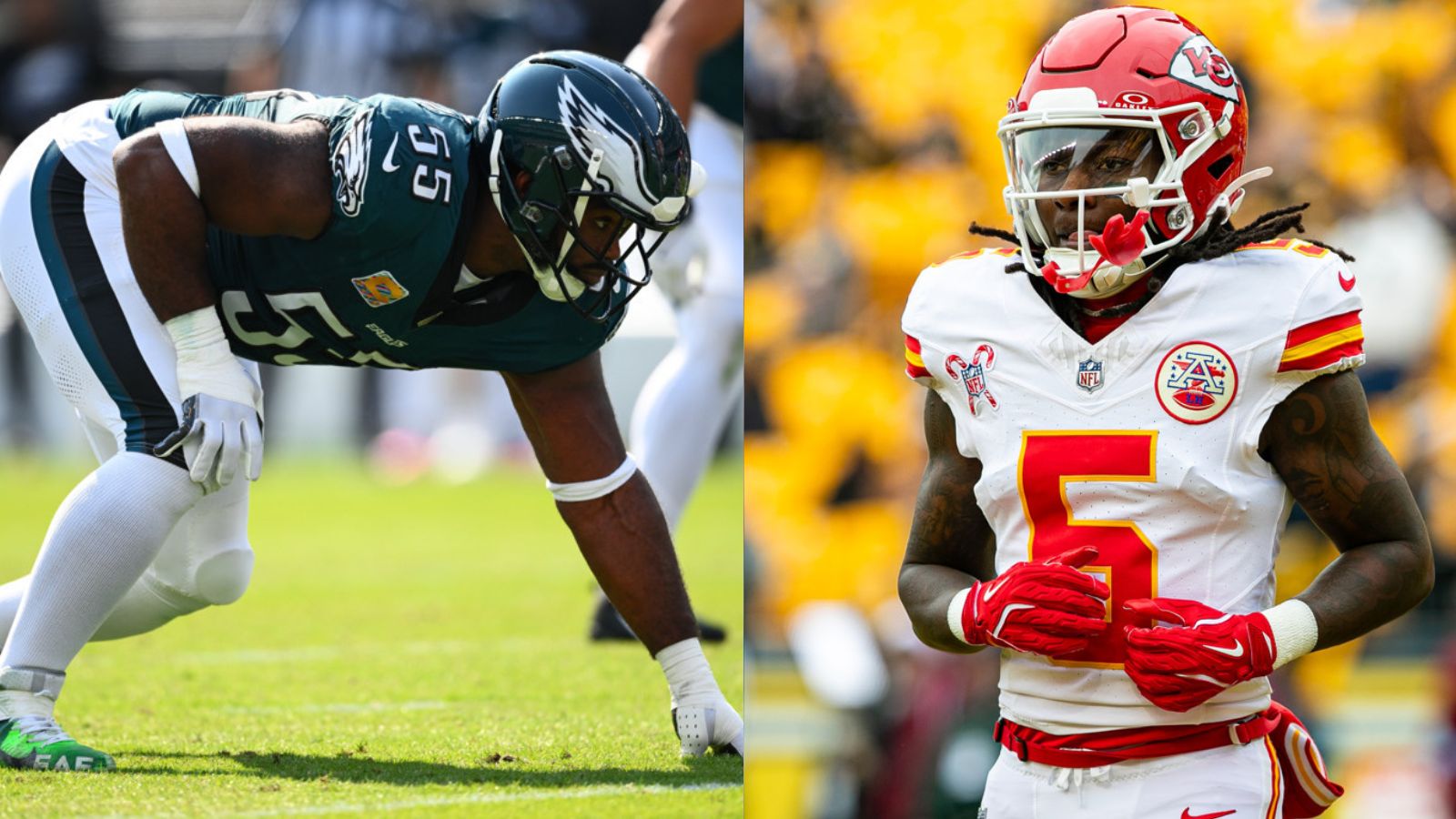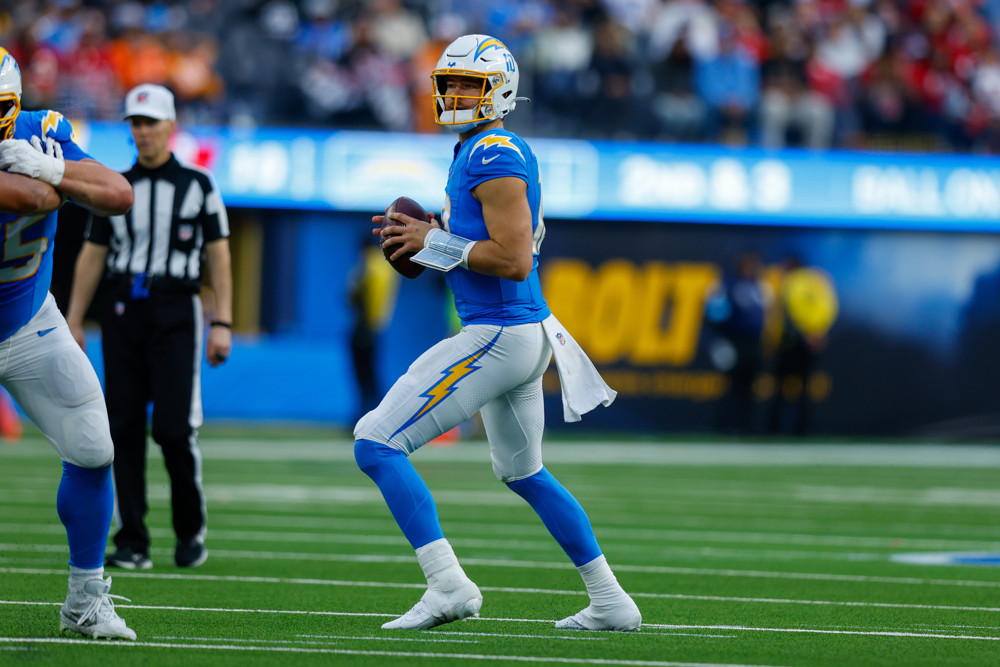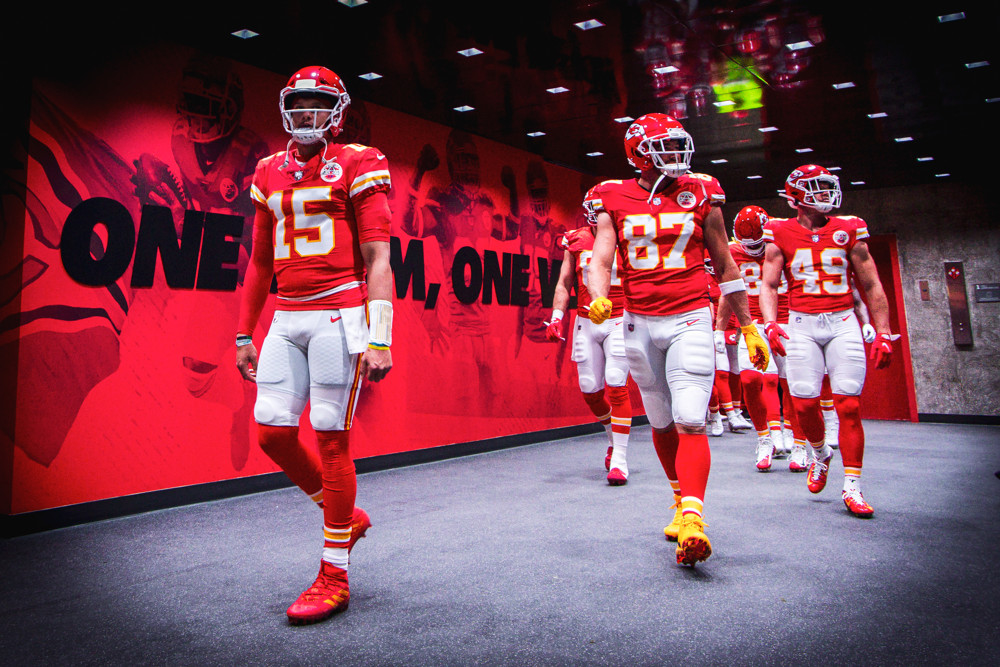By JAMES RODRIGUEZ
Football has been as exciting as it always is. Marquee matchups in prime-time slots have gone down to the wire. We’ve been able to witness improbable field goal returns as well as hold our breath during record-breaking game winners like Justin Tucker’s. Unfortunately, injuries are another inevitable consequence of football.
They happen every year and as mentioned in the previous posts, the most nagging ones are those pesky hamstrings. These soft tissue injuries can be damning if not managed properly. The focus of this post will be to provide a gauge for the hamstring victims of Week 3.
I will be able to share professional insights into the rehab process and combine that with sourced reports to determine a level of concern.
Remember that the key to a successful return to play depends more on the management of the injury than the severity of it. With this in mind, let’s get to it!
Christian McCaffrey pulled his left hamstring last Thursday night while breaking a run to the outside. He pulled up and immediately took himself out of the game. Fortunately, he did not return to action and received an MRI the next day to assess the damage.
Based on numerous factors, the Panthers have ruled him out for Week 4 but will not utilize an IR spot for him. One main point I’d like to add to these reports is that medical staffs should have enough information via assessment of imaging, bruising, palpation, tightness, and strength within three to five days to determine the recovery timeline.
I have been impressed with the management of McCaffrey’s injury and other positive signs I’ve observed such as his ability to walk without visible discomfort during the game. Clinical research suggests that an athlete that is unable to walk pain free within 24 hours may take on average 3 weeks longer to return to their sport than someone who can walk without pain.
I have been impressed with the management of McCaffrey’s injury and other positive signs I’ve observed such as his ability to walk without visible discomfort during the game.
It will be crucial to monitor McCaffrey’s practice participation next week. I believe there is a chance he can return Week 5 based on his response and progression through rehab, though he will remain as a risk for a re-injury. My preference would be a Week 6 return to give his tissues greater time to regenerate and mature.
AJ Brown’s hamstring situation is harder to determine based on the difficulty identifying when the actual injury occurred. From my film review, it appears he makes a subtle reach for his left hamstring after the first play where he was targeted on a WR screen.
He played an additional eight plays with four of them involving high-velocity running. These articles I’ve written establish high-velocity running as a concern. Sprinting increases the length and tension force on a muscle. Exposing a susceptible muscle to that is not ideal. Hopefully he injured his hamstring on his last play and not that first one I mentioned.
There has been no confirmation of an MRI to assess the damage, and initial reports have speculated that he is considered week-to-week. Brown is yet to practice this week and has not been officially ruled out for Week 4. I do not expect him to play the next 2 weeks, and I would be concerned if he did.
Beyond that timeframe, we will be at the mercy of practice reports to provide any clarity on the situation. I hope Julio Jones can provide some insights from his experience last year and we can get a healthy Brown to marvel at once he returns.
Quick hitters on other notable hamstring injuries
Sterling Shepard strained his right hamstring making an out cut toward his left in which he planted on his right leg. He immediately reached for the back of his leg and went to the sideline. On the bench, he was able to extend his knee which puts a stretch on the affected muscle. That is an encouraging sign since an athlete with a severe injury would have difficulty doing that.
He has spent his practice sessions during the week working with the trainers along with his injured teammate, Darius Slayton, who also suffered a right hamstring strain. Their injuries are eerily similar.
Both players injured their hamstring while planting on their right leg to cut to the left (although, Slayton’s was on an in-breaking route). Both players escorted themself to the sideline and did not play another snap the remainder of the game.
The main difference between their injuries is where the players reached on the back of their thighs. Shepard’s reach appeared higher than Slayton’s and historically speaking, the higher the injury, the lengthier the recovery. I expect both players to be ruled out for Week 4.
Lastly, Marquez Valdes-Scantling pulled what appeared to be his left hamstring late during his last game. He did not return to play and had an MRI earlier this week. The team has reported that they do not believe this is a long-term issue based on the MRI result. He has not practiced this week and is trending toward being ruled out for Week 4.
I estimate that each of these players may return within a 3-to-5 week window based on the information at hand. They will be at risk to reaggravate their injury during that time, but I hope that they are managed appropriately to have a successful season.
This three-week muscle piece has hopefully shared some insights into the dynamics of muscle injuries. I compare it to a short school session where I provided you with an introduction, shared a comparison between injuries, and ended it off with some case studies.
Hamstring injuries can be highly challenging to evaluate. As with most of the things that our company studies, details matter. Hope you can put the education and knowledge to good use.



